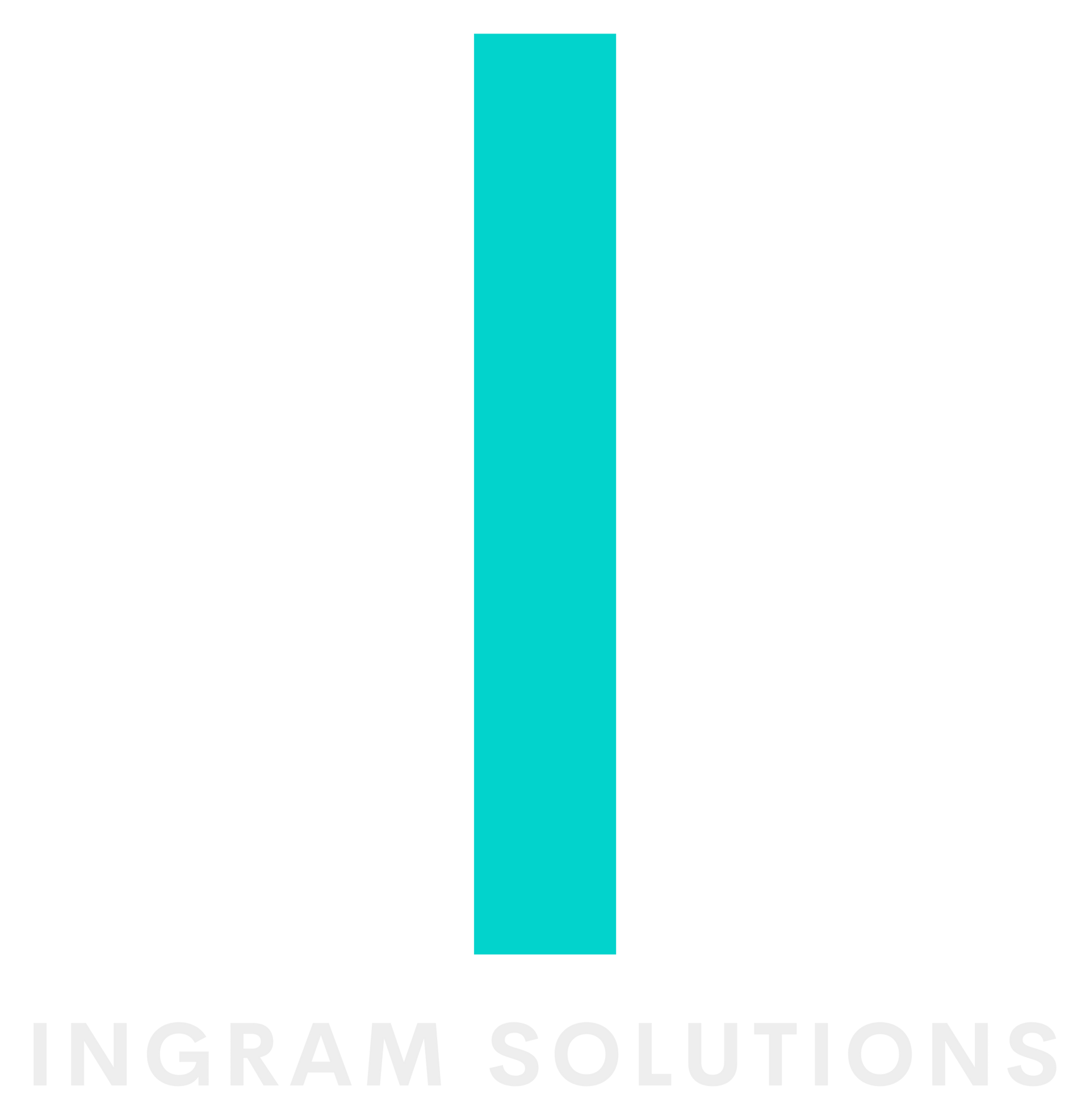Connected Customer Experiences
Which Kind is Right for Your Customer?
If you haven't already, we recommend reading the article Walk A Mile in Your Client's Shoes. This will help with understanding the 8 stages of the customer journey and the 4 objectives in achieving repeat customers. These four types of customer experiences can be thought of as a way of summarizing at a high level how you have combined the customer journey and repeat customer objectives to best serve your clients.
There are 4 types of connected customer experience to consider. These might be thought to progress along a continuum: on one end, the customer controls the purchase decision and on the far right the business does.
4 Types of Customer Experiences
A. Respond to Desire
- The Client: Customer knows exactly what they want
- The Firm: Firm responds and tries to make the rest of the journey as smooth as possible, providing fast delivery, flexibility, and exact execution
- Best When: Customers want to make the final decision
B. Curated Offering
- The Client: Customers have a need to know what their options are
- The Firm: Firm recommends products / services suited to the client's needs. The firm proactively steers them towards something easily provided.
- Best When: Customers want to make the final decision but value advice
C. Coach Behaviour
- The Client: Customers are aware of their needs, but have a hard time acting on them
- The Firm: Firm needs a deep understanding of the customer's needs, and then steers the customer to overcome inertia or decision bias
- Best When: Customers don't mind sharing personal data if it helps them achieve their personal goals
D. Automatic Execution
- The Client: Customers allow the firm to make decisions for them
- The Firm: Firm must know customers so well that they are able to make better decisions than the client
- Best When: Customers trust the firm enough to continuously provide their data and have the firm make decisions for them
An Example: Toner Replacement for Home Printer
Ahhh, the dreaded home printer and need for replacement ink. I'm sure most of us have been there, so it should be an easy example to imagine.
- Respond to Desire - the customer goes to the store, physical or online, to request the toner cartridge X735M for their HP Superprint machine. The client initiates the entire transaction and must be careful to select the right toner cartridge.
- Curated Offering - the customer visits the store website and it recognizes the client. It recommends the X735M toner cartridge, recognizing their prior purchase(s) of printer and toner. The client initiates the visit, but now the firm makes their purchasing decision a bit easier.
- Coach Behaviour - the toner retailer, perhaps by assessing frequency of purchase, or the printer manufacturer, perhaps by monitoring the toner level, sends an email to the client, with a 'Click to Buy' button. It might also encourage you to run your printer's self-cleaning cycle. at this time. The client no longer has to initiate the transaction. They merely approve it.
- Automatic Execution - the printer manufacturer now automatically senses toner levels and uses the client's payment details on file to automatically purchase and ship the toner, so it arrives in time. The printer may also automatically initiate the self-cleaning cycle and trigger a warranty replacement model to be shipped if a catastrophic failure is detected. The client is now only involved in installation.
Which is Best?
It depends on the customer. Every customer progresses through the customer journey each time they need to buy something. The question is how frictionless & delightful the firm can make that experience for the customer. In the automatic execution of the toner cartridge, the business has been able to help the customer fly through the awareness of their need, request of the product, and only left them with a small installation job. The entire journey must be controlled regardless of the industry, product, or customer buying preferences, though these dimensions will impact how that journey looks and feels.
Similarly, every business should be striving for enduring customer relationships and repeat business. Achieving each of the 4 repeat customer objectives gives the business the upper hand in this pursuit. Success in each of these objectives puts the business is in a position to give the client a better experience than they have today, possibly better even than the customer imagines is possible. Every business will benefit from excelling at these four objectives.
However, being trusted doesn't necessarily imply an automatic execution customer experience. Indeed, your customers for your product and service might prefer coach behaviour, for instance. You want to meet them where they are, and the four repeat customer objectives helps provide the requisite lens to get the business in a position to serve the customer as they want and need to be served. The 4 customer experiences provide language for discussing how you are presently serving them vs how you want to be serving them.
Henry Ford is quoted as saying, "If I had asked people what they wanted, they would have said faster horses." I love this quote. It's a great reminder that clients don't always know what they really want or need. You might have to show them what's possible.
What's Next?
Success along this continuum needs a heavy dose of technology, data, and effective processes. We can help you assess where you are today, imagine a brighter future, and figure out how to get there. Depending on traditional your business is today, the journey may be challenging, but your customers will love you for trying.










45 Baseball Place, Suite 1402
Toronto, Ontario, Canada, M4M 0H1
All Rights Reserved | Ingram Solutions
